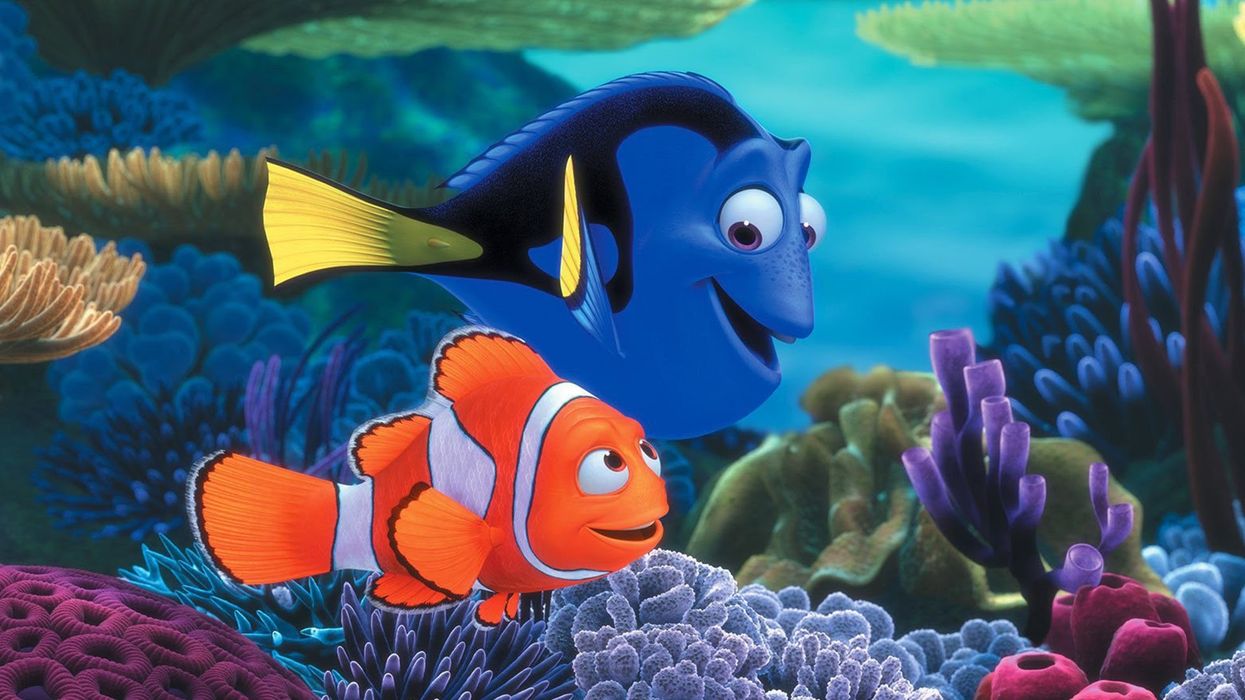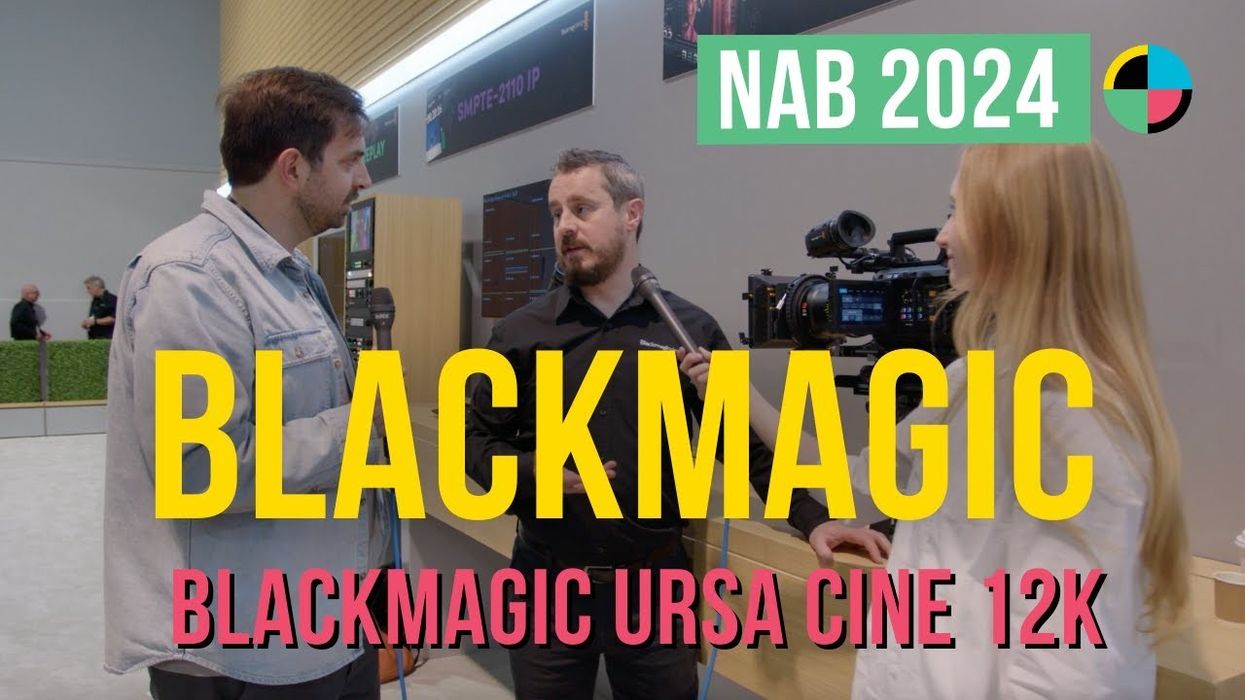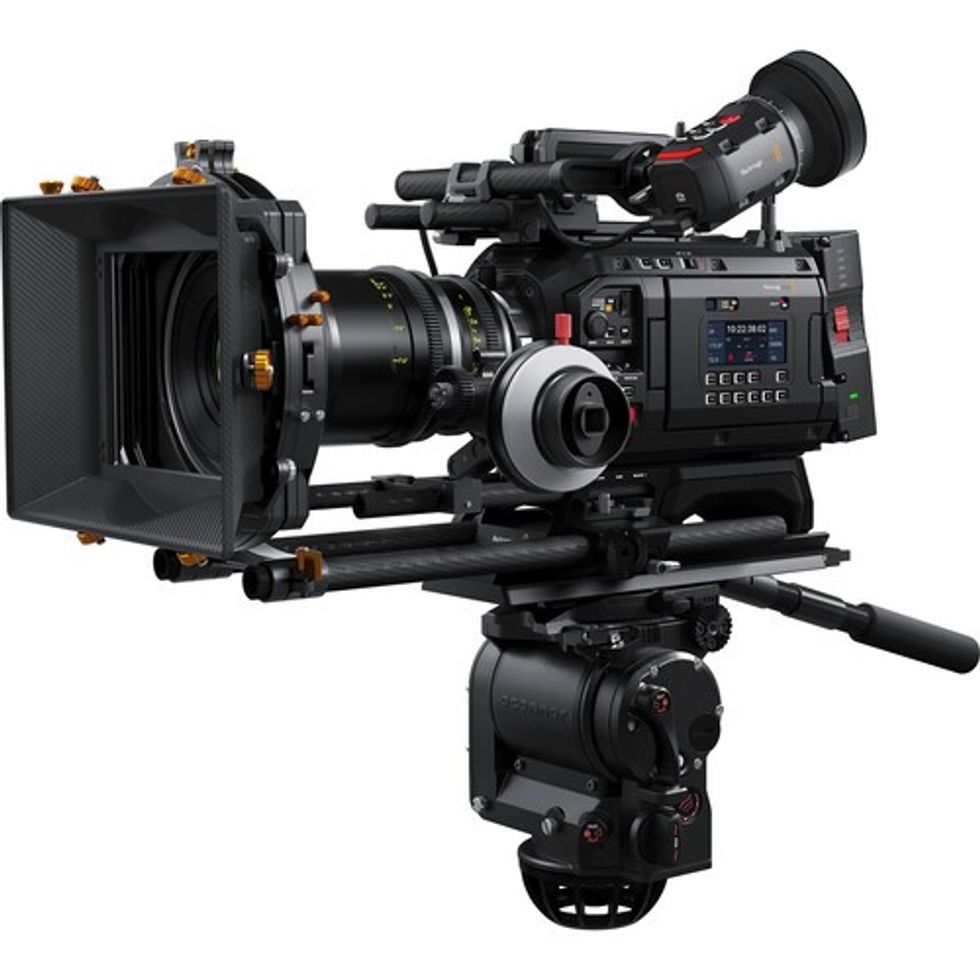How Do Disney and Pixar Come Up with Those Ingenious Stories? Through Research & Development
Filmmakers of any genre can learn from the best story developers in the business.

At the 2016 Austin Film Festival last month, Bryan Davidson, Senior Creative Executive for Walt Disney Animation Studios, and Erika Schmidt, Creative Development Associate for Pixar Animation Studios, gave a joint presentation on the research and development processes at Disney and Pixar. With both animation studios under the leadership of John Lasseter, the impact of their Research and Development processes—better known as R&D—on story have become very similar. Davidson and Schmidt broke down R&D at both Disney and Pixar, and here are some highlights from their presentation.
All stories start as part of a 3-idea pitch
Schmidt described how the Pixar story development model relies on a core team of directors who create story pitches. Each director spends between four and five months crafting pitches for three separate project ideas. The director then presents each one of these pitches to John Lasseter. Schmidt noted that these idea pitches typically describe the world, the characters and the theme of the story, but not the story beats themselves. If Lasseter likes one of the pitches, the director pursues that story idea as his or her next project. Schmidt pointed out that Lasseter doesn't always choose one of the three story ideas, but may instead decide that he likes a certain element of the pitch, and tell the director to continue developing the idea before pitching again.
"During the research phase for Ratatouille, the team met with a woman who lived with 36 rats."
R&D lasts up to a full year
According to Davidson and Schmidt, the purpose of the R&D phase at Disney and Pixar is to deepen the original story idea from the pitch. Even fantasy worlds undergo intense research. The research not only influences how the world is depicted in the film, but can also inspire changes in the characters.
Directors lead the research process, and the R&D teams adapt to the directors based on their particular instructions. A common tool used in the early research phases of a project is a text and image search. Davidson and Schmidt likened text and image search deliverables to book reports on specific topics, such as a particular type of octopus for Finding Dory.

R&D teams will also do thematic research, creating sizzle reels with clips from a wide variety of live action films set to music to evoke emotions and themes similar to the story they are researching. In addition to sizzle reels, the R&D team schedules reference screenings of several movies in the same genre. The idea behind the reference screenings is to learn as much about the genre's tropes as possible in order to play with those tropes when the story is created.
As the R&D phase progresses, story rooms emerge with images and notes covering all of the walls for the director and creative team to absorb.

The director and R&D teams also reach out to experts in their research areas. For example, during the research phase for Ratatouille, the team met with a woman who lived with 36 rats. They also invited chef Anthony Bourdain to talk to them about his most memorable meal at a restaurant. Bourdain actually choked up emotionally when recalling this memory—a direct influence on how the character of food critic Anton Ego reacts when he takes a bite of Remy's eponymous dish. The team then hired chef Thomas Keller as a consultant on the film and shadowed dinner shifts at his renowned restaurant The French Laundry to learn how a real French restaurant's kitchen would operate.

Schmidt shared photos and videos of director Pete Docter and his creative team behind Up, as they explored the mile-high plateaus known as tepuis in Venezuela to create the world of Paradise Falls. Docter and his team ventured to the top of the tepuis, took thousands of photos, drew pictures of the landscape and ecosystem, and even laid on their stomachs to peer over the edge to get a true sense of the height and scope for their climactic scenes.
Writers are hired based on scripts with heart and humor
After the research phase, the companies look for scriptwriters by reading a ton of scripts in search of those that stand out as character-driven stories, full of heart and humor. Writers are then interviewed to see if they will fit into the collaborative and iterative process of story development at Disney and Pixar. Davidson noted that screenwriters who like to sit alone in a room and bang out a draft on their own may not be the best fit for a Disney or Pixar film.
Using the director's vision and extensive research, writers collaborate with story artists to create the initial outlines and beat boards to track the emotional journey of the main character. Once the outline and beat board have been vetted and approved by the Brain Trust (Pixar) or Story Trust (Disney), comprised of current directors at the animation studios, the writer and story artists move on to the process of writing the script and creating storyboards.
Be wrong fast
Both Disney and Pixar share the motto of "Be wrong fast". At each milestone of the process, the Brain Trust or Story Trust meet to pull the story apart, figure out what is not working, and put the story back together again. The Trusts will watch a film an average of six to eight times in various stages of storyboards, animatics, and animation with dialogue recordings and music to dissect the story for problems and suggest the necessary changes. The faster the Trusts and the creative teams can find and solve story problems, the better the process and the film will be in the long run.

Key takeaways:
Based on how research and development drive the story creation process at Disney and Pixar, the rest of us can take away key lessons and apply them to our own work, such as:
- Take time to develop several ideas before launching into the writing process. You may be eager to start writing outlines and specific scenes as soon as an idea pops into your head, but your story will benefit if you take time to think about several ideas and how you would create the worlds, characters and themes for those stories.
- Know your story's world through research. Before you even craft your story, you need to know your story's world inside and out. Understanding your story's world first will impact how you create characters, identify their goals, create conflicts, and generate plot structures.
- Find trusted collaborators to help you pull apart your story at various steps along your script's journey. One of the biggest reasons for the success of Pixar films and the more recent Disney animated films under the leadership of Lasseter is the process of watching and re-watching their films repeatedly to find and fix problems. While the rest of us don't have access to the Pixar Brain Trust or Disney Story Trust (yet), we can seek out and create our own Trusts to help us pull apart and put together our stories. We should also remember that writing is by its very nature an iterative process, and our script can always improve.













